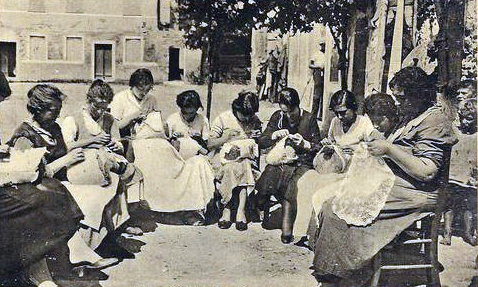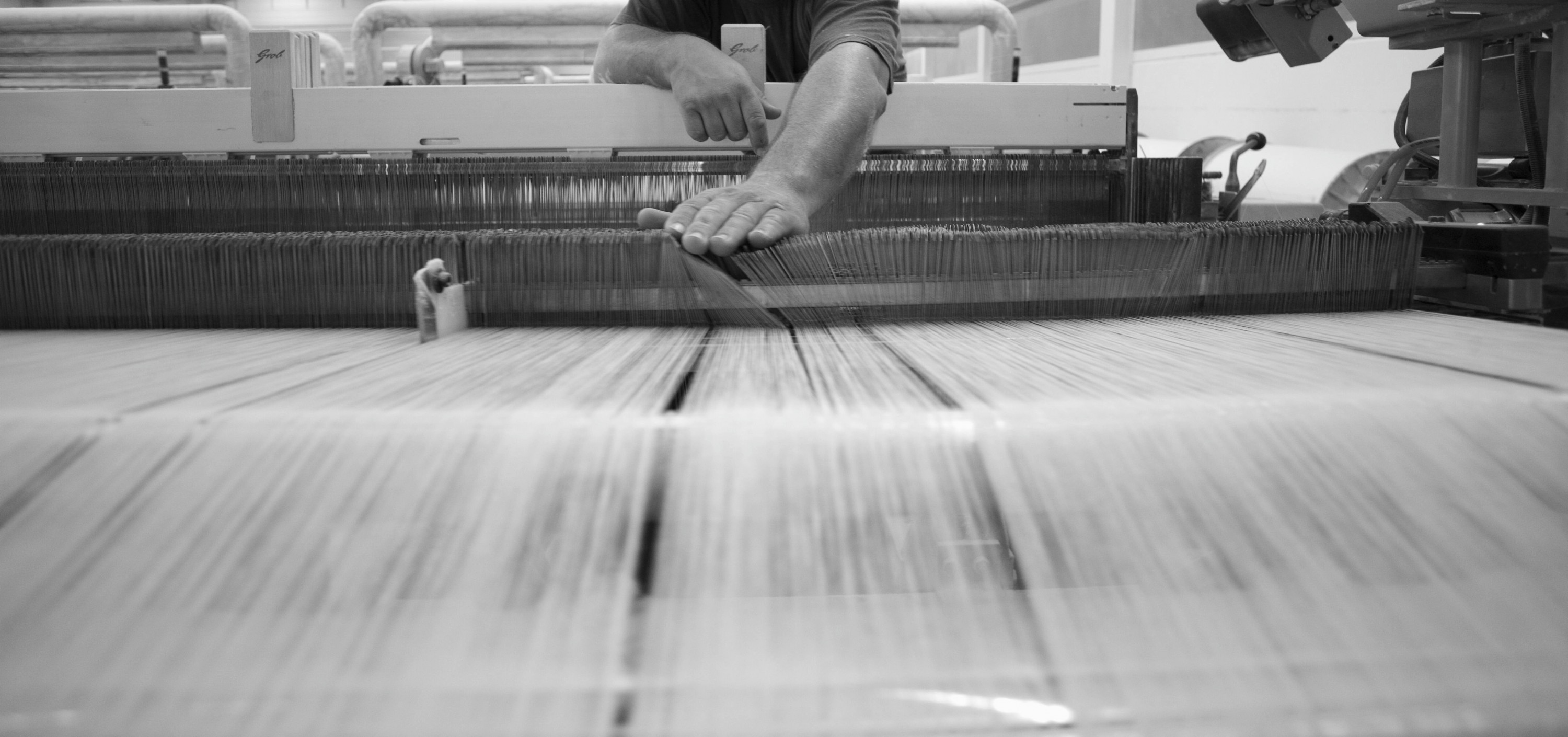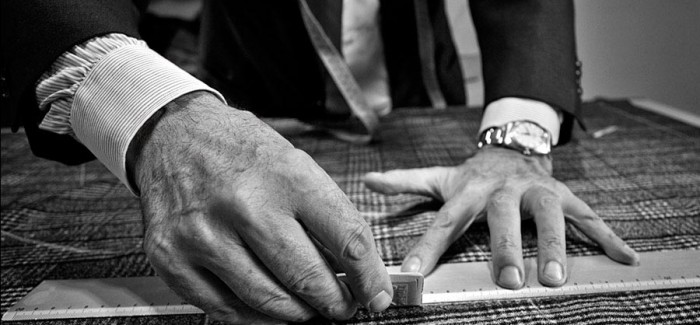Made in Italy is a brand we all know. Its importance is rooted in Italian History. The fact that Italians live in a country that can honestly lay claim to the largest monumental and artistic heritage in the world means that the inhabitants have a access to a kind of collective school that develops in them an innate aesthetic sense for everything that is beautiful. This, together with a high artisanal ability and specialization as well as deep attention to detail and design quality, has contributed to the development of the textile industry.
Italy today is the only industrialized country that still offers a broad number of enterprises and professionals working every kind of textile from wool to silk all the way to synthetics. Moreover, it boasts an important mechanical industry that produces the specialized equipment used in the textile firms. The close relationship between equipment producers and users has often been key to the introduction of innovations in the fashion world: twisting yarns, special effects on the finishing of materials and much else. The Italian textile industry is thus defined by the presence of all the links in the production and supply chain, from the productive network to the creative system, the latter characterized by the presence of the top stylists in the world.
…………………………………………………………………………………………………………………. More: Disruption at its finest by Francesca CorteseWFP – from small to giant steps article by Claude Forthomme ………………………………………………………………………………………………………………….
This creative system, composed of technicians including those in new professions like art directors, photographers, designers, architects, service providers, perfectly complement the sector’s industrial activities, providing a reservoir of ideas and innovative solutions that is essential for the fashion industry. For consumers, “made in Italy” is a warranty of quality and superior creativity – in short, Italian brands are trend-setters in the world.

Recent macro-economic developments on a world level are challenging the “made in Italy” brands, in particular the strategy based on branding products that contain Italian style and creativity as well as Italian provenance and quality warranty of the materials used.
In the light of globalization and competition from low-cost countries, especially in Asia, is the logo “Made in Italy” still convenient?
Made in Italy is a branding that establishes unrivalled quality in terms of materials used and style; this confers to Italian fashion that artisanal, hand-made character that is still today a bearer of top quality standards and perfection.
The problem is that perfection has its costs, mainly in terms of labour which are becoming progressively higher. In many cases, especially in the medium and mass segments, the premium price (and consequent return) obtained by the Made in Italy branding is eroded.
Another problem concerns volumes. The production capacity of the industry in Italy has limits and difficulties in adapting itself to the higher demands and efficient production systems required for an industry aimed at a global market.
Beyond this, we need to consider changes in the economic environment that have important consequences. Productivity and quality levels achieved in the textile and apparel industries in some developing countries, particularly in Asia, continue to grow, to the extent that the Italian advantage is cancelled in the largest segment of industrial production (from the ‘linee diffusion’ all the way below).
While Italian firms continued to defend their positions using the Made in Italy brand, Americans, not being able to depend on the advantage of coming from a country recognized by the global market, started using strategies aimed at marketing and differentiating the brand while outsourcing production where it was cheapest and most efficient. With such a strategy characterized by lower prices and greater investment in the brand’s “image”, those firms have become leaders at a global level in all segments of the fashion industry, except in the high fashion niche.
Concerning the casual fashion segment, the interest of Italian firms to maintain the Made in Italy logo is rather low; this is a market segment in which consumers are still very price-sensitive and where success depends on paying attention to current trends and providing products at low prices. Here, the tendency is to present oneself as a global brand, and for this reason, the marketing strategy is focused more on projecting high creativity and a strong image rather than the real place of production (origin).
 In the high fashion segment, the situation is totally different. The Made in Italy branding still succeeds in expressing quality and achieves high levels of differentiation that concretely reflects an uncontested market leadership and a justified premium price.
In the high fashion segment, the situation is totally different. The Made in Italy branding still succeeds in expressing quality and achieves high levels of differentiation that concretely reflects an uncontested market leadership and a justified premium price.
However, the fact that Italian high fashion apparel cannot be accompanied, for obvious reasons of “image”, by a piece of clothing Made in China, does not mean that it cannot be manufactured outside of Italy, totally or partially. Such outsourcing could happen either in a transparent manner or without authorization.
To maintain Made in Italy’s ability to compete in a global market, Italian brands (and firms) will need to take some strategic steps:
- Invest on a strategy to differentiate their image, focusing it on the brand so that the brand, by itself, can become a warranty of quality;
- Outsource production in a rational manner to take advantage of lower costs and logistical efficiency while respecting quality;
- Integrate downstream from production in order to gain direct control over the key functions of retail, to ensure an efficient and coherent management of the “image”, a better service to clients and a close monitoring of trends in demand.







